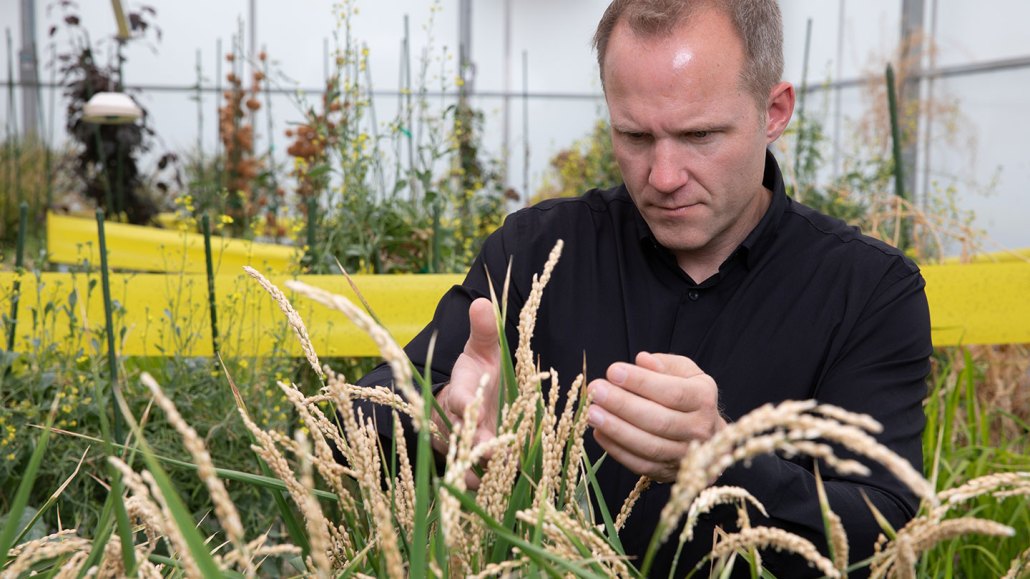Questions for ‘Crops are being engineered to thrive in our changing climate’

Today’s farms don’t capture as much carbon as they could. Wolfgang Busch (shown here) is among scientists looking to change that. Farms of the future may be able to actively help fight climate change.
Salk Institute